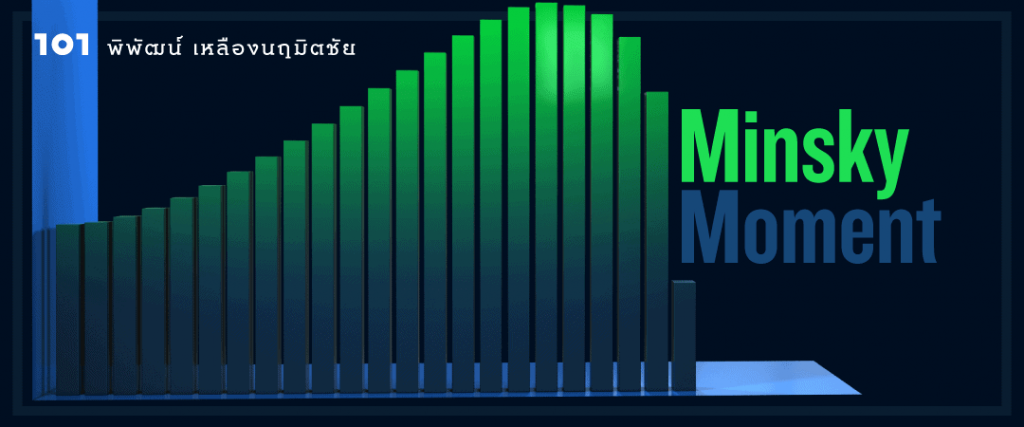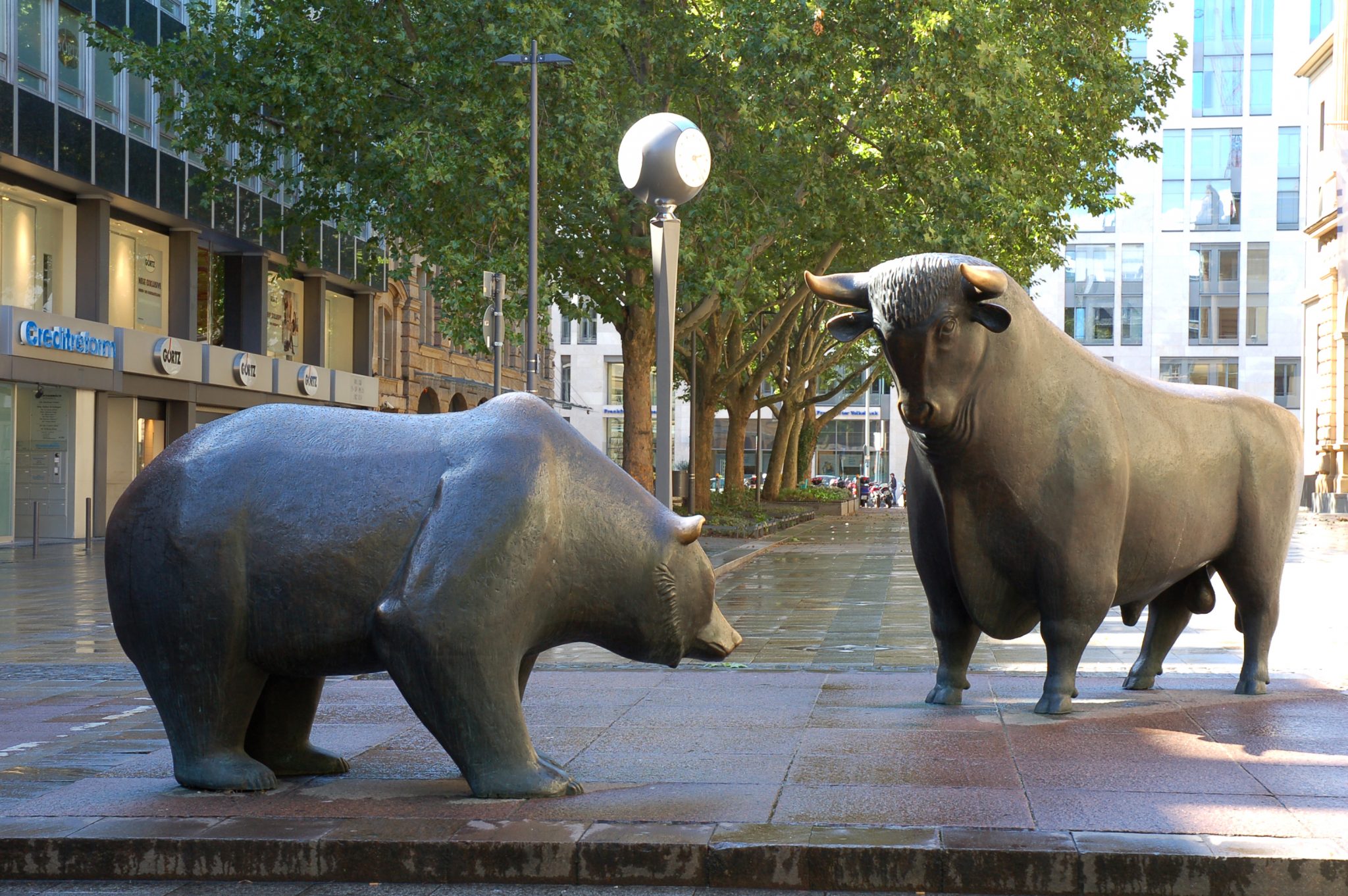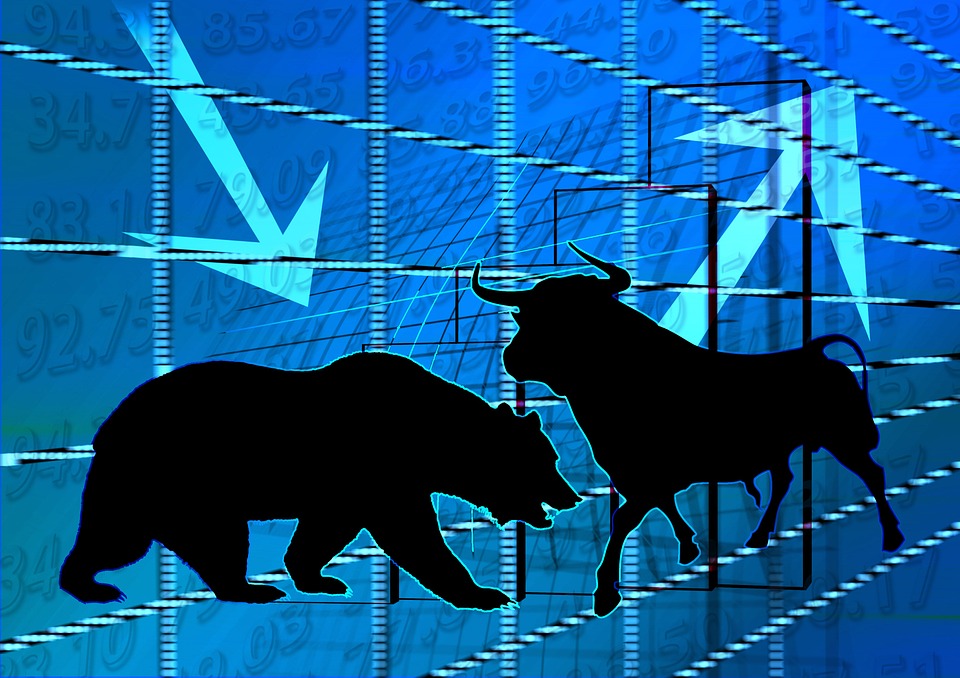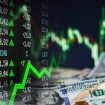
What is a Minsky Moment
Today’s post is a bit wonky, but it’s also something near and dear to my heart. Today, I want to introduce you to (or reacquaint you with) a somewhat unconvential economist named Hyman Minsky. Minsky was a post-Keynsian whose research focused on understanding and explaining financial crises. Minsky’s theories were considered fringe ideas and largely dismissed until early 2008, when the GFC saw his work gain prominence.
Minksy proposed theories linking financial market fragility to boom and bust cycles in financial markets. The slow movement from stability to fragility over time, followed by a financial crisis, is the hallmark of Minsky’s work, and it led to the coining of the phrase “Minsky Moment” by Paul McCulley at PIMCO in 1998.
Minsky’s financial instability hypothesis:
In essence, Minsky devoted a large part of his research to developing what is called the financial instability hypothesis. In simple terms, the hypothesis describes how long periods of stability actually heightens risks, rather than reduces them. A great moderation does not lead to moderate outcomes in future years (as some expect) – instead, risks build steadily under the surface until the economy moves towards the ultimate point of destabilisation.
Minsky’s explanation of the mechanics of investment is both simple and intuitive. Investment is an exchange of money today for (more) money tomorrow. Minsky saw three types of financing for any investments:
1: Hedge Financing – firms rely on future cashflows to repay all their borrowings. Picture an investment where dividends cover both principle and interest repayments.
2: Speculative financing – firms rely on cashflow to repay interest on their borrowings but must rollover the principle. A good example of this is interest only loans where rent covers interst.
3: Ponzi – Cashflow covers neither principal or interest – firms are betting on asset appreciation.
Economies dominated by hedge financing are the most stable. Traditionally, the longer an economy grows, the further it moves towards Ponzi financing – investors are more likely to see the period of moderation as continuing for the foreseeable future, and borrow accordingly. This makes economies more vulnerable, as if assets do not increase in price, rolling debt can be difficult.
There are five stages in Minksy’s model of the credit cycle: displacement, boom, euphoria, profit taking and panic.

A Minsky moment:
A Minsky moment is defined as a sudden collapse of asset values driven by a credit cycle. In essence, a period of prosperity in asset prices leads to increased speculation in that asset class, driving prices up until the cash generated by the investments is no longer sufficient to meet the interest payments required to finance them. An initial depression in prices causes a more restrictive credit environment; those unable to roll their debt requires selling of assets, which further depresses asset prices, and so on. In essence, a Minsky moment is the reversal of the speculative boom due to credit cycles.
More generally, a Minsky moment is a period of stability which encourages risk taking. Long periods of stability see excessive risk taking creep into a financial system, which ultimately leads to a period of instability as asset prices collapse, until a period of stability is restored. The period of approximately 2003-2008 followed Minsky’s five stages; the panic, in 2008, was the cycle’s Minsky Moment.
Why is Minsky important?
Prior to the GFC in 2008, Minsky had identified the precise set of circumstances that would lead to a credit crunch. While borrowers relied on refinancing against rising asset prices, Fed Chairman Ben Bernanke was simultaneously hailing a great moderation of low inflation and stable asset growth. As Minksy states, stability is destabilizing, and the resulting credit crisis provided after the fact support for Minsky’s outline of financial crisis. The financial market crash driven by subprime mortgages were revealed as a classic case of Minsky’s financial stability hypothesis, and the resulting Lehman Bust was the ultimate example of the Minsky moment.
If Minsky can outline a scenario years in advance that aligned with the most recent credit driven crisis, it may be possible to use Minsky’s research as framework for investing in the future.
Is Australia Headed for a Minsky Moment?
Perhaps the most striking part of the crash in 2008 was ultimately, how little has changed, particularly in Australia. While prudential regulators highlight problems with housing markets, individuals in Sydney and Melbourne continue to borrow amounts in excess of all time highs for assets which do not cover the interest on their loans, let alone principal. In Minsky’s terms, housing in Sydney and Melbourne are classic forms of Ponzi finance, and the merry go round continues only as long as borrowers can continue to refinance based on ever increasing asset prices.
The question, in my opinion, is whether we are in the boom stage, or the euphoria stage. If we have already hit euphoria, then the next two stages, profit taking and panic, are due up next. Does this mean that they are imminent? Of course not! There is practically no limit to how far a boom can run – euphoria in particular is often characterised by an absence of considered risk taking. The boom in Australian house prices could continue for a while.
The other important point to remember is that while in hindsight it is obvious that subprime mortgages were a terrible idea, it was not at all clear to most during the period that subprime mortgages would be the catalyst for a total financial meltdown (despite what millions of pundits will tell you). There is a chance that all of the well known imbalances in Australia (interest only mortgages! High levels of absolute debt! All time low borrowing costs!) may not be the thing that kicks off the profit taking period – the catalyst could come from left field.
As with everything, in hindsight it will all be incredibly obvious. We are heading towards a Minsky moment of our own, but then again, isn’t everyone? Markets move in cycles, after all, and if the great moderation taught us anything, its that after booms must come busts.










